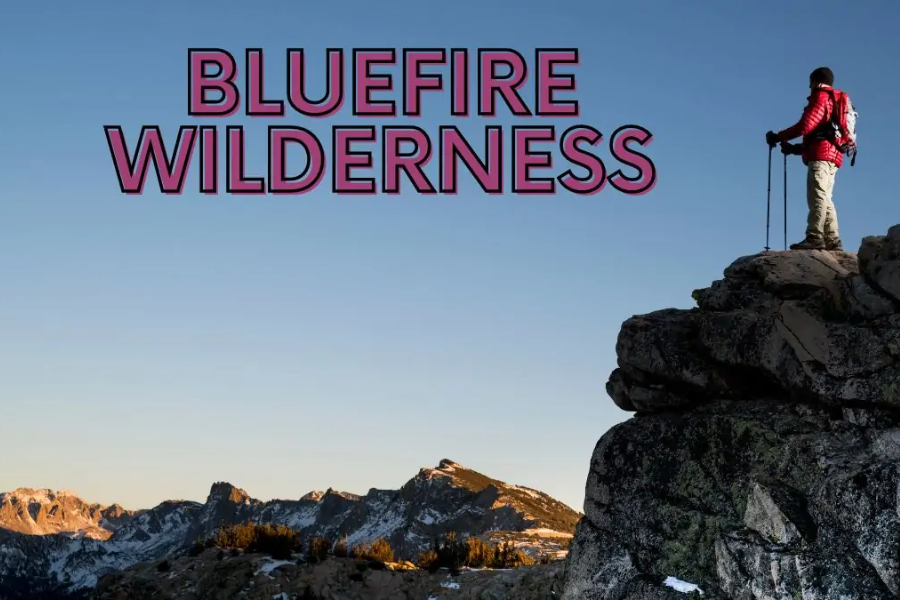The BlueFire Wilderness lawsuit has garnered significant attention, prompting questions about the effectiveness and safety of wilderness therapy programs. As parents search for viable solutions for their struggling children, this case shines a light on the potential risks and realities of such therapeutic approaches. What led to this lawsuit? Why are families voicing concerns? This article will explore the allegations, the impact on participants, and BlueFire Wilderness’s response to the legal challenge. For those considering wilderness programs for their child’s healing journey, staying informed about this case is crucial. Let’s delve into the details of the BlueFire Wilderness lawsuit.
Allegations Against BlueFire Wilderness
The lawsuit against BlueFire Wilderness has stirred considerable controversy. Allegations against the program include:
- Neglect and Inadequate Supervision: Former participants claim that safety protocols were often neglected, leading to dangerous situations. Reports suggest that proper supervision during wilderness activities was not always maintained.
- Emotional Distress: Parents have reported that staff members failed to provide adequate emotional support, potentially worsening mental health challenges rather than helping to resolve them.
These accusations have cast doubt on the program’s ability to provide a safe and therapeutic environment, raising concerns among families who had trusted the program with their children’s well-being.
Impact on Participants and Families
The lawsuit has had profound effects on both participants and their families:
- Betrayal and Emotional Distress: Families who believed they were placing their children in a nurturing environment now face feelings of betrayal. The revelation of potential misconduct has led to significant emotional distress and uncertainty.
- Participant Well-being: For participants, the fallout from these allegations may include facing trauma and confusion. The trust they had in the program is now compromised, potentially affecting their overall healing process.
The situation underscores how fragile trust can be in therapeutic programs and highlights the need for transparency and reliability in such services.
Response from BlueFire Wilderness
In response to the allegations, BlueFire Wilderness has maintained:
- Commitment to Safety: The company asserts that the allegations do not reflect their practices. They emphasize their dedication to providing a safe and supportive environment.
- Transparency and Improvement: BlueFire Wilderness is committed to addressing concerns transparently and has undertaken measures to improve their programs. This includes implementing additional staff training and enhancing safety protocols.
The company is also seeking external audits to ensure compliance with industry standards and engaging with families to gather feedback for continuous improvement.
Legal Proceedings and Outcomes
The legal proceedings have been extensive, with multiple claims of negligence and emotional distress. Key aspects include:
- Court Examination: The court has reviewed testimonies from former participants, highlighting various concerns about safety and care.
- Defense and Negotiations: BlueFire Wilderness has defended its practices, arguing adherence to established protocols. Negotiations have been ongoing, with some families seeking accountability beyond financial compensation.
The lawsuit has not only affected BlueFire Wilderness but also prompted a broader examination of wilderness therapy practices across the nation. The case may influence future regulations and standards within the industry.
Lessons for the Wilderness Therapy Industry
The BlueFire Wilderness lawsuit emphasizes several critical lessons for the wilderness therapy industry:
- Prioritizing Participant Well-being: Programs must place the safety and well-being of participants above all else. Clear, rigorous protocols and effective staff training are essential.
- Ensuring Transparency: Families should have access to detailed information about treatment methods and staff qualifications. Transparency builds trust and helps ensure that participants are receiving appropriate care.
- Regulatory Oversight: The introduction of specific guidelines for wilderness therapy programs could help establish consistent standards and improve overall service quality.
- Encouraging Feedback: Programs should actively seek and incorporate feedback from participants and their families to continually improve practices and policies.
Conclusion: The Importance of Thorough Research
Choosing a wilderness therapy program for your child is a significant decision. The BlueFire Wilderness lawsuit highlights the importance of conducting thorough research before enrolling your child in any program. Key considerations include:
Staff Qualifications and Safety Protocols: Inquire about the qualifications of the staff and the safety measures in place.
Program Philosophy: Understand the underlying philosophy of the program and how it aligns with your child’s needs.
Reviews and Testimonials: Seek out reviews and testimonials from other families to gain insights into their experiences.
Unlock valuable knowledge and solutions at mysdmcsso.us.


Leave a Reply